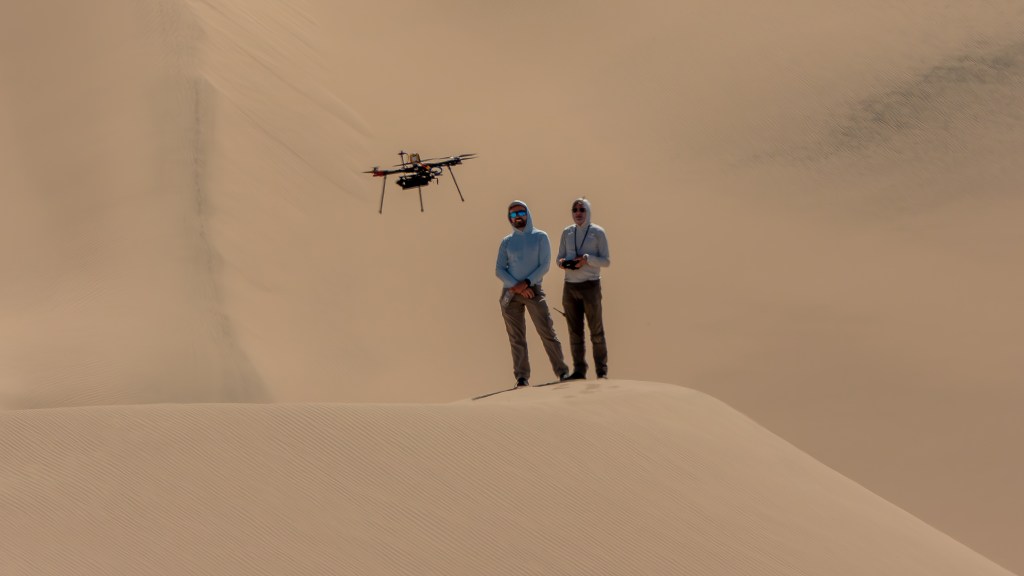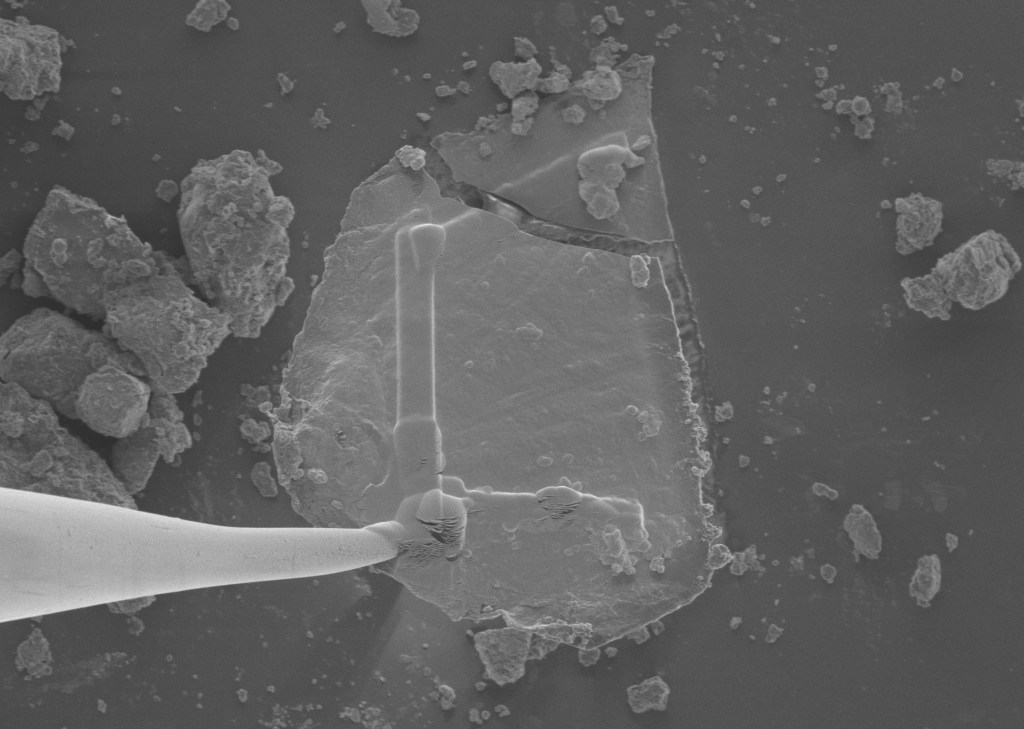SEES: UT Austin Center for Space Research
Team Mission
STEM Enhancement in Earth Science (SEES) project, led by the University of Texas at Austin Center for Space Research, addresses the national need to increase the number of high school students that will pursue STEM college degrees. Through partnerships with institutions, organizations, and Science Activation partners we identify NASA missions, collect data from NASA’s fleet of earth-observing satellites, conduct mission planning, and implement Citizen Science projects as a catalyst for the on-site and virtual high school interns.
The interns analyze and visualize data, learn about Careers from Subject Matter Experts, explore Career Choices from University experts, and conduct virtual tours of NASA facilities. Content knowledge, coupled with hands-on experiences, allows the intern to gain experience in authentic research through field investigation and data analysis.
I am currently an engineer at the Jet Propulsion Lab working on the Europa Clipper mission. I attended the University of Colorado Boulder and majored in aerospace engineering with a minor in film production. Prior to my participation in SEES, I intended to major in film production. My SEES experience led to a passion for space exploration and led to my interest in aerospace engineering. I am grateful for this experience.

By leveraging the strengths of this partnership, this project will continue to:
- Educate students by utilizing rigorous STEM curriculum enhancement activities while encompassing the research and technology from NASA’s missions and science.
- Provide secondary students with authentic NASA mission-based opportunities that build STEM knowledge, skills, and career awareness through a nationally competitive High School Intern program that challenges students to conduct research from data supplied by Earth Science missions while being mentored by a project scientist.
- Provide opportunities for high school students to jump start their future and explore the possibilities of a STEM-related major or career while experiencing an on-site university setting.
- Expand mentorship opportunities for university graduate students and Subject Matter Experts as they engage students by incorporating research and data analysis.
- Inspire a more diverse student population to pursue careers in STEM-related fields following involvement in NASA programs.
The more time that passes since the internship, the more grateful I’ve become that I had the opportunity to be a part of this program. You are truly changing students lives and setting them on paths they could only have dreamed of.

2016 student participant
What does your team hope to achieve?
SEES directly addresses NASA’s mission goal to attract and retain students in science, technology, engineering, and mathematics, STEM disciplines. In addition, we will contribute to:
- Enabling STEM education through mentoring, selection of existing NASA content supporting STEM and the opportunity for high school students and teachers to conduct authentic NASA mission-based research, improve U.S. scientific literacy by integrating identified lessons and data for citizen scientists in repositories such as My NASA Data.
- Advance national education goals by utilizing NASA resources that align with the Framework for K-12 Science Education.
- Leverage efforts through partnerships by drawing upon the strengths of collaborators who share the same goals.
The primary audience is high school students with each component contributing to NASA’s desired outcome of enabling NASA subject matter experts to engage more effectively with people of all ages and backgrounds.
Our ultimate goal is to promote STEM careers to a diverse audience, leading to more students in the pipeline pursuing STEM degrees..
Learn More
Check out NASA STEM Enhancement in Earth Science H.S. Internship
Project Web Sites
https://www.csr.utexas.edu/education-outreach/high-school-internships/sees/
Publications by Student Interns
Uppal, A., 2021. Planetary Protection: How the Ancient Moon Shielded Earth's Atmosphere, Yale Scientific Journal.
Kar, K. and Low, R. (2021). The effect of poverty on mosquito-borne illness across the United States. Journal of Emerging Investigators, 3, 1-7.




































